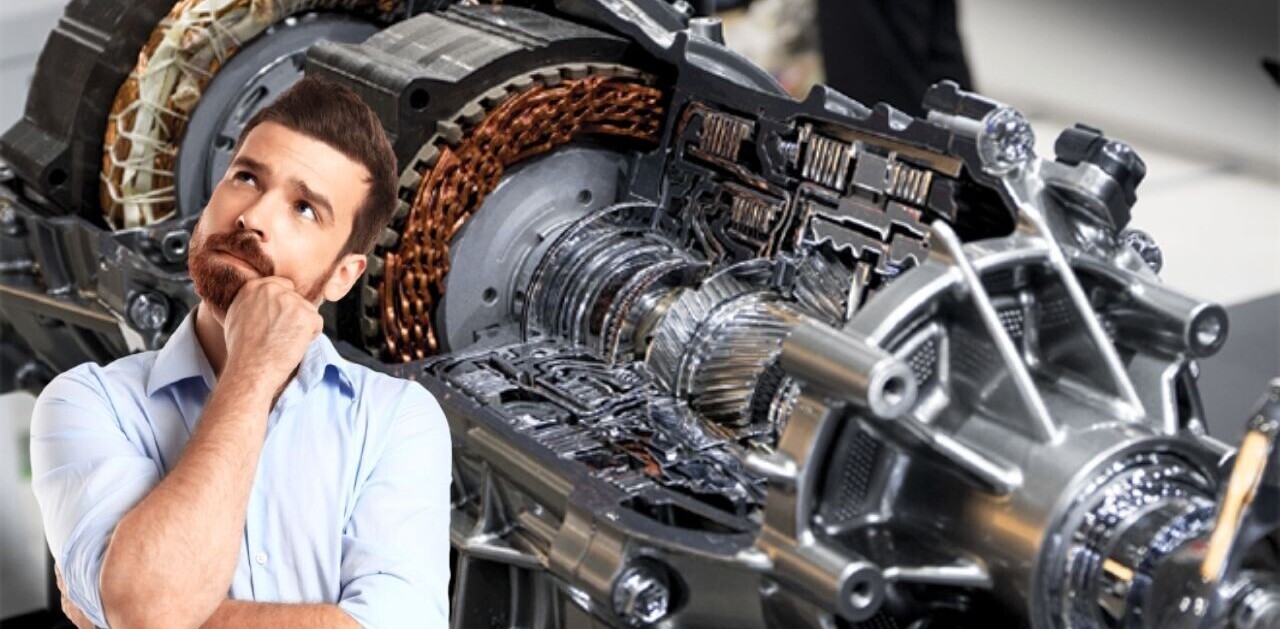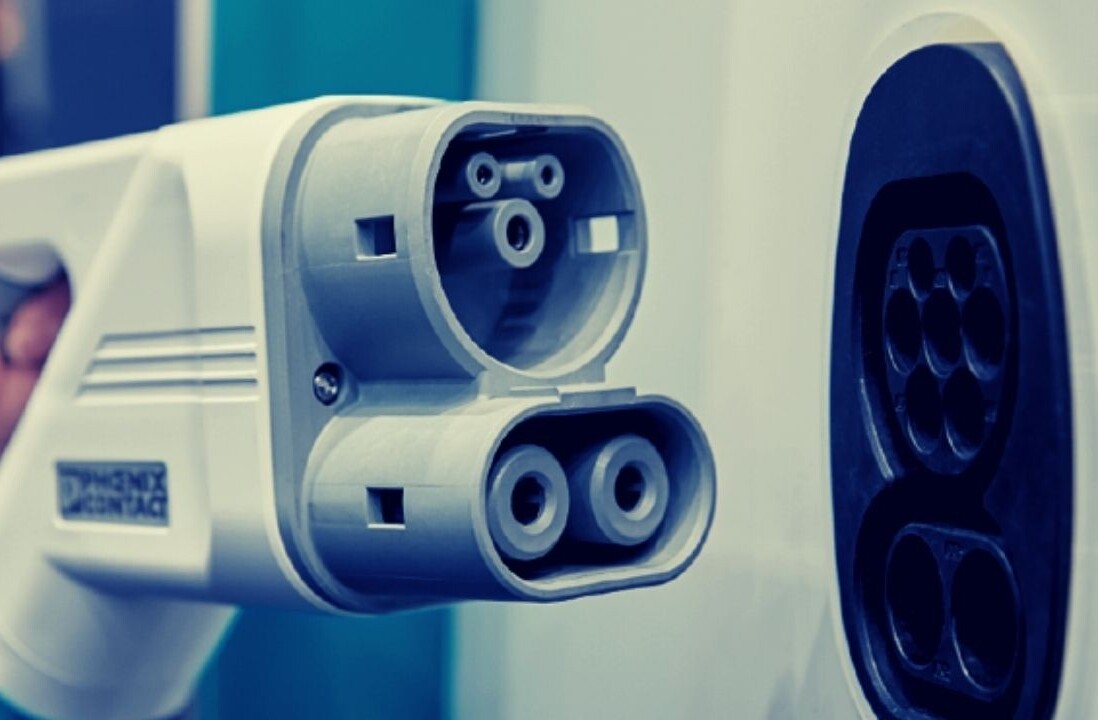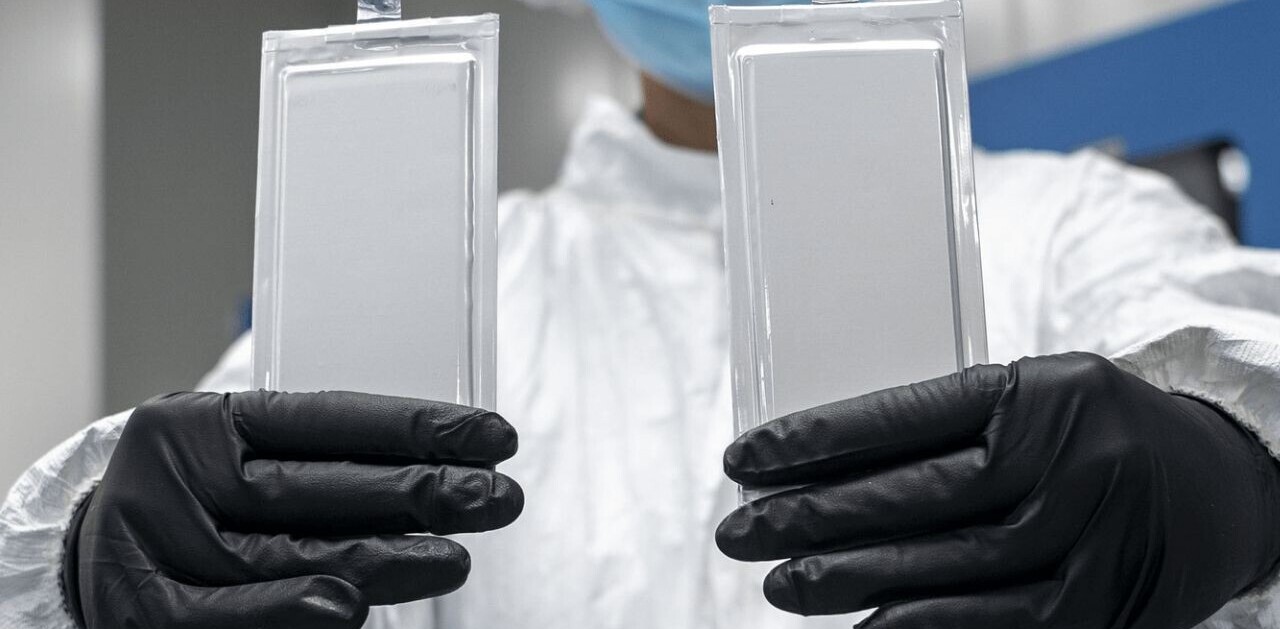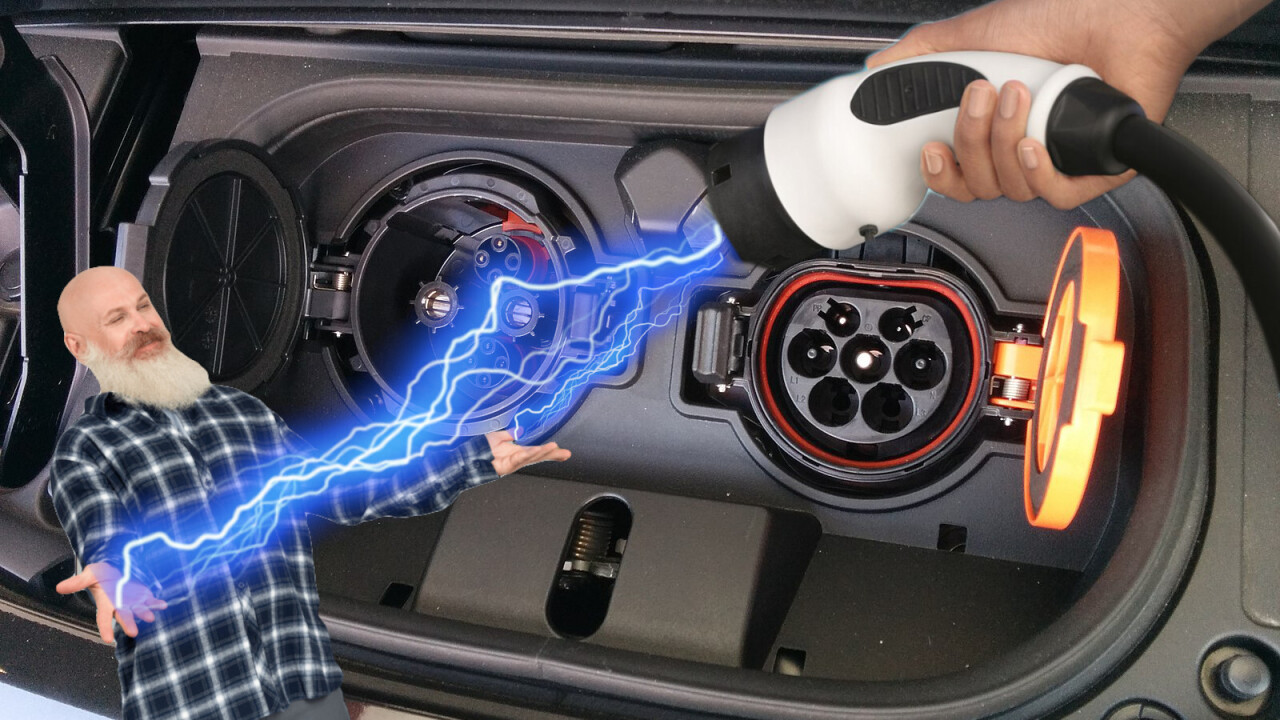
Welcome to SHIFT Basics, a collection of tips, guides, and advice to help you navigate the changing world of electric vehicles and mobility tech.
One of the more confusing aspects of owning an electric vehicle (EV) is knowing how to charge it. Unfortunately, there are a few different standards used in the industry, connectors vary from vehicle to vehicle. As a result, it’s not quite as simple as just knowing whether you need to fill up with diesel or petrol.
Once you’re passed the new terminology though, it’s actually all quite straightforward. In its simplest form, there are two things you need to know about EV charging: connectors and power ratings (measured in kilowatts, Kw).
If you’re coming from an internal combustion vehicle, it might help to think of the different charging options as different types of fuel. Some of which will work for your vehicle, some of which won’t. Using EV charging systems is often far easier than it sounds and largely boils down to finding a charge point that has a connector compatible with your vehicle and picking the highest compatible power output to ensure charging is as fast as possible. One such connector is CHAdeMO.
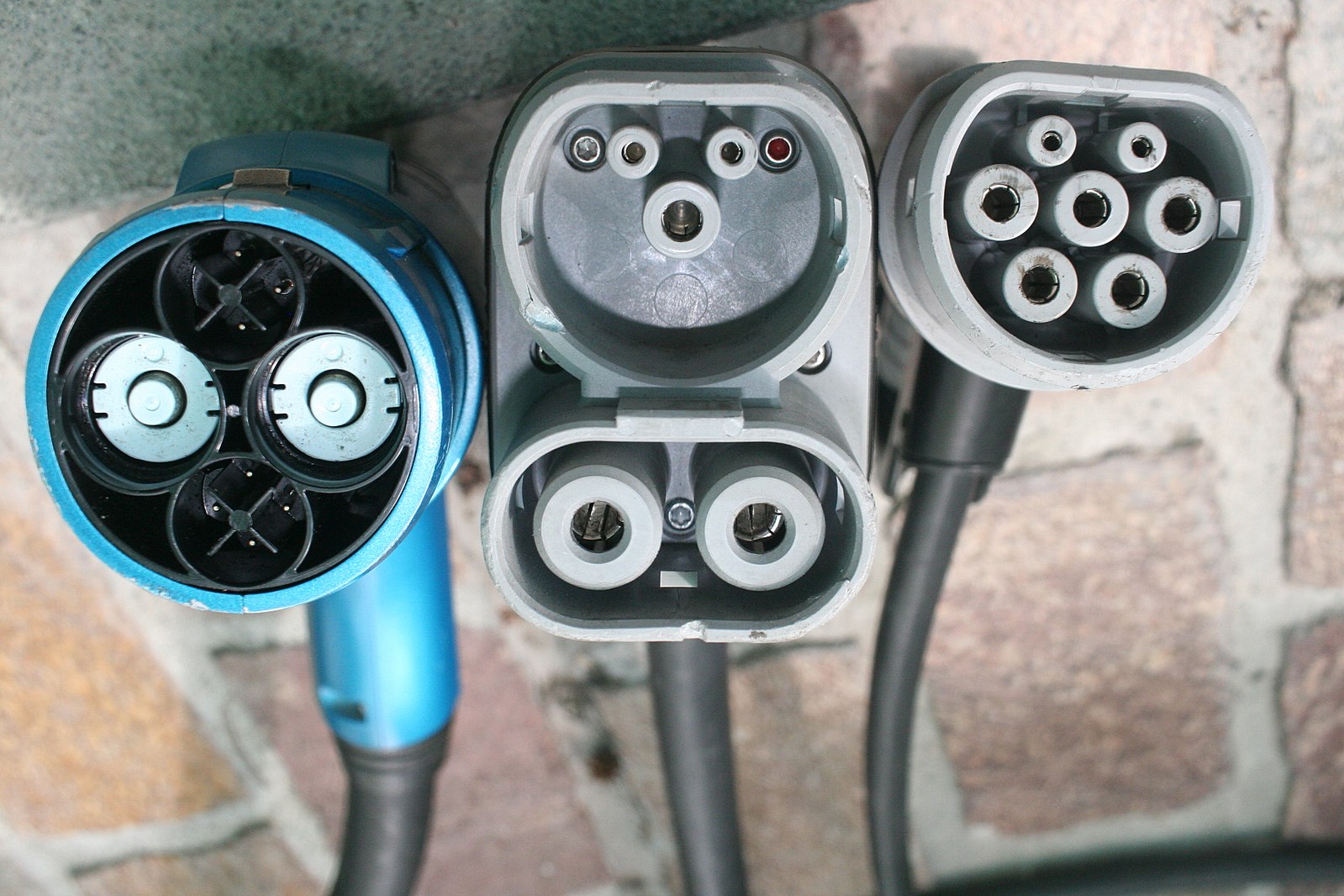
Who
CHAdeMO is one of a selection of rapid charging standards which was created by a consortium of carmakers and industry bodies that now includes more than 400 members and 50 charging companies.
Its name stands for Charge de Move, which is also the name of the consortium. The goal of the consortium was to develop a fast-charging vehicle standard that the whole automotive industry could adopt. Other fast-charging standards exist, like CCS (pictured above).
What
As mentioned, CHAdeMO is a rapid charging standard, meaning it can supply a vehicle’s battery with anywhere between 6Kw to 150Kw, at the moment. As electric vehicle batteries develop and can be charged at higher powers, we can expect CHAdeMO to improve its peak power capacity.
In fact, earlier this year, CHAdeMO announced its 3.0 standard, which is capable of delivering up to 500Kw of power. In simple terms, it means very high-capacity batteries can be charged in a relatively short period of time.
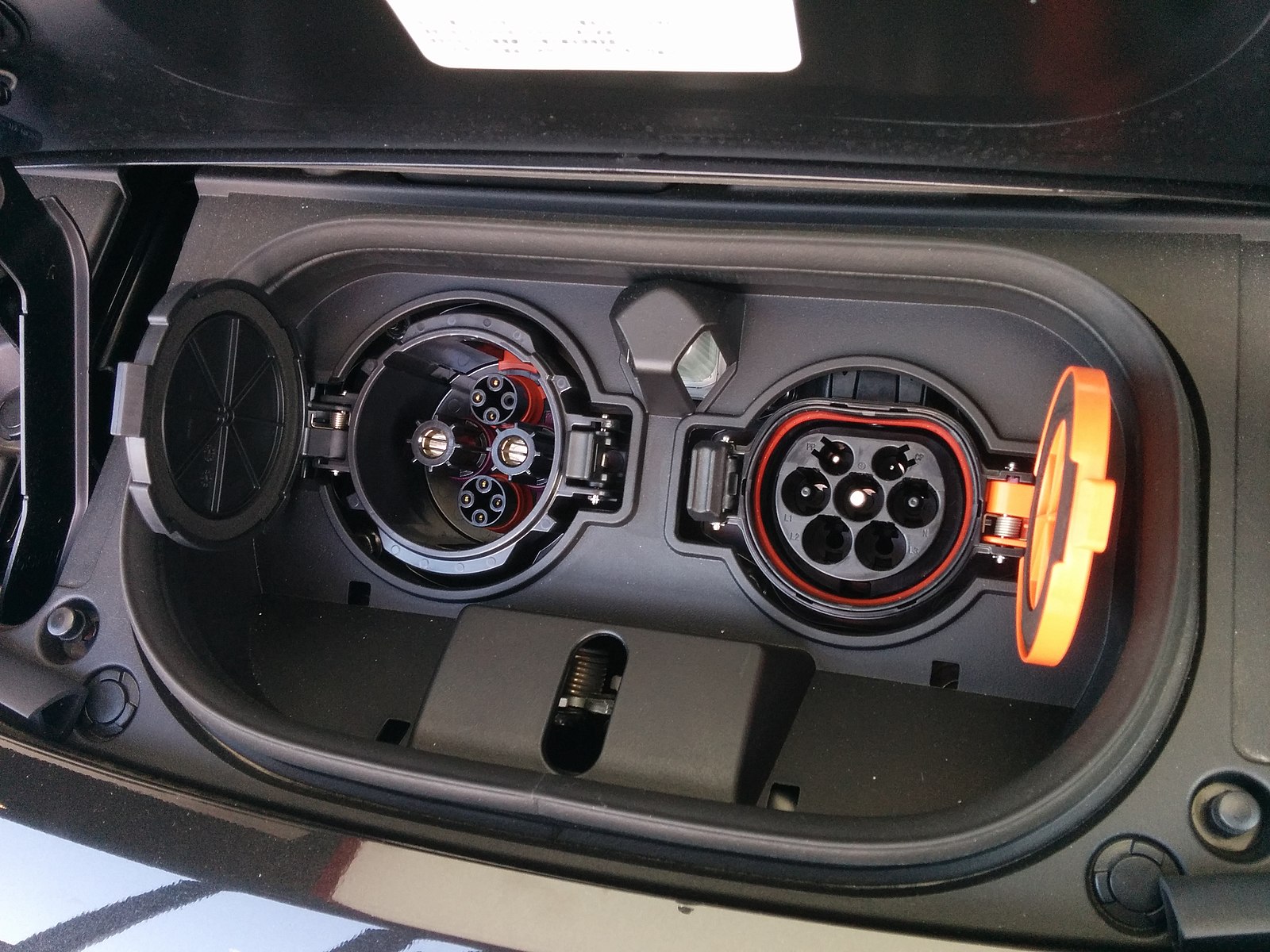
Given that n>CHAdeMO was set up by a predominantly Japanese group of industry organizations, the connector is quite common on Japanese vehicles like Nissan’s Leaf and e-NV200, the Mitsubishi Outlander plug-in hybrid, and the Toyota Prius plug-inan> hybrid. But it’s also found on other popular EVs like the Kia Soul.
Charging a 40KwH Nissan Leaf on a CHAdeMO unit at 50Kw could charge the vehicle in less than an hour. In reality, you never should charge an EV like this, but if you’re popping to the shops or at a motorway service station for half an hour, it’s enough time to add a significant amount of range.
How
CHAdeMO charging uses its own dedicated connector, as pictured below. EV charging maps like Zap-Map, PlugShare, or OpenChargeMap, display what connectors are available at charging locations, so make sure you find the CHAdeMO icon when planning your trip.
Once you’ve arrived at and activated the charge point, take the CHAdeMO connector (it will be labeled) and place it gently into the corresponding port on your vehicle. Pull the lever on the plug to lock it in, and then tell the charger to begin. Take a look at this informative video from charging point manufacturer Ecotricity to see it for yourself.
One of the main differences with CHAdeMO compared to other charging points, is that the charging points provide the cables and connectors. So if your vehicle has a compatible inlet, you don’t need to supply any cables of your own. Tesla vehicles can also use CHAdeMO outlets when using a $450 adapter.
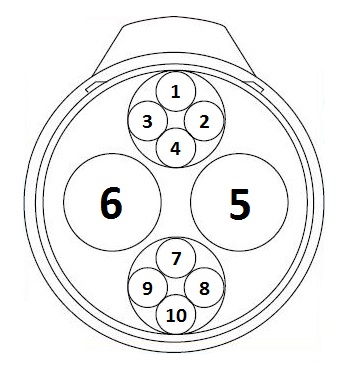
CHAdeMO chargers also lock into the vehicle being charged, so they can’t be removed by other people. Connectors automatically unlock when charging is complete though. It’s generally accepted as good etiquette for other people to remove the charger and use it on their own vehicle, but only when charging is finished!
Where
All over the place. CHAdeMO chargers are located all over the world, using sites like PlugShare can help you find exactly where they are. When using a tool like PlugShare, you can filter the map by connector type, so pick CHAdeMO and you’ll be shown exactly where they are and there’s no risk of getting confused by all the other connector types!
According to CHAdeMO, there are more than 30,000 CHAdeMO equipped charging points around the world (May 2020). Over 14,000 of these are in Europe and 4,400 are in North America.
Sources: CHAdeMO, Driving Electric, Zap-Map
Get the TNW newsletter
Get the most important tech news in your inbox each week.
